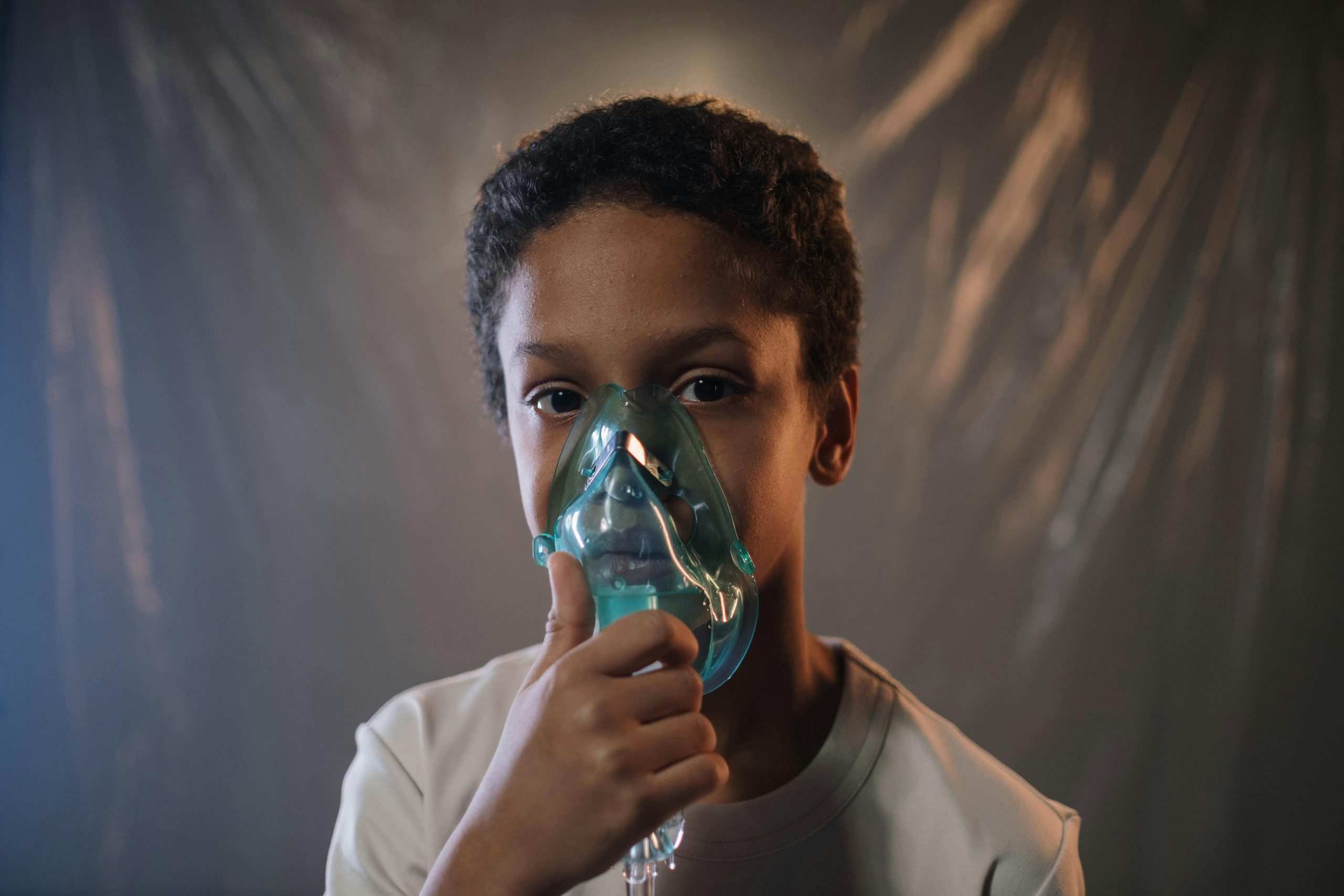- Innovative wearable technology aids in monitoring respiratory functions, alerting COPD patients and healthcare providers to manage symptoms effectively before they escalate.
- Gene therapy and regenerative medicine promise to manage and potentially reverse COPD by repairing damaged lung tissue.
- Adherence to medication and treatment plans is crucial for COPD patients to manage symptoms, prevent exacerbations, and slow disease progression.
- Healthcare providers and support groups are vital in ensuring COPD patient compliance by offering education, encouragement, and coping strategies.
Living with Chronic Obstructive Pulmonary Disease (COPD) can be a daily challenge, often limiting the simple joy of taking a deep breath. For those with this chronic respiratory condition, seeking every opportunity to improve their quality of life is paramount. This comprehensive guide will explore the latest tools and strategies revolutionizing the care and comfort of COPD patients, empowering them to live more fulfilling lives despite their diagnosis.
Navigating the Medication Maze
The core of COPD management typically starts with medication. Inhalers, the frontline for delivering bronchodilators and corticosteroids, have long been the mainstay for patients. However, shifting towards more convenient and effective inhalation devices is a game-changer.
Inhalers: More Than Just a Puff
Modern inhalers come in various types, from traditional Metered Dose Inhalers (MDIs) to the newer Dry Powder Inhalers (DPIs) and Soft Mist Inhalers. Each boasts its benefits, whether the breath-actuated mechanisms of DPIs make timing less critical or the finer mist and slower speed of Soft Mist Inhalers cater to a more relaxed inhalation.

Behind the Scenes with Nebulizers
For those needing a heavier dose of medication or facing difficulty with manual inhalers, nebulizers are a reliable alternative. These at-home devices convert liquid medicine into a fine mist, inhaled through a mask or mouthpiece.
Oxygen On The Go
Maintaining activity levels is vital, but finding a solution for mobility and freedom is necessary for COPD patients who require supplemental oxygen. This enables them to experience life without the restrictions of their condition.
This is where oxygen devices enter. With efficient portable oxygen concentrators, patients can travel, engage in their favorite hobbies, and continue their daily activities with much less restriction.
These devices offer a continuous oxygen supply, eliminating the need for heavy tanks and frequent refills. They are compact, lightweight, and have various settings for different activity levels.
Rehab is Key to Breathe Easy
Pulmonary rehabilitation is another key component in the COPD care continuum. These comprehensive programs combine exercise, education, and support to improve physical and emotional health.
The Exercise Equation
Patients undergo tailored exercise regimes in pulmonary rehab, including aerobic activities, strength training, and psychological interventions like breathing techniques and relaxation exercises. The benefits can be profound, with increased exercise tolerance and enhanced quality of life.
Telemedicine Takes the Lead
The rise of telehealth has also transcended into pulmonary rehab, offering remote programs that can be followed from the comfort of a patient’s home. This increases accessibility and reduces barriers like transportation and scheduling conflicts.

The Road Ahead: Innovations and Expectations
The landscape of COPD management is on the brink of a transformation, thanks to the relentless pace of technological innovation. New treatments and monitoring technologies promise to enhance and extend the quality of life for COPD sufferers.
Among the most anticipated advancements are wearable devices capable of real-time monitoring of respiratory functions and symptoms. These gadgets could alert patients and their healthcare providers to potential exacerbations before they become severe, enabling preemptive management strategies.
Furthermore, gene therapy and regenerative medicine hold the potential not just to manage symptoms but also to repair lung tissue damaged by COPD. While still in the experimental stages, these treatments offer hope for a future where COPD can be substantially reversed, changing the prognosis for millions of patients worldwide.
Adherence is Non-Negotiable
Sticking to a medication regimen and treatment plan can be challenging, but for COPD patients, adherence is non-negotiable. The right strategies and support systems can significantly increase patient compliance.
The Adherence Conundrum
Understanding the importance of adherence is crucial. Medications and therapies prescribed for COPD are designed to manage symptoms, prevent exacerbations, and slow down the progression of the disease. Non-adherence can lead to worsening symptoms, decreased lung function, and frequent hospitalizations.
The Role of Support in the Chronic Journey
Healthcare providers play a primary role in educating patients about their condition and the importance of treatment compliance. Additionally, support groups offer a network of peers who share similar experiences and challenges, providing invaluable encouragement, insights, and coping strategies that can be life-affirming for COPD patients.
Managing COPD demands a multifaceted approach due to its delicate nature. Modern technology empowers patients to manage their condition effectively. Wearable monitors detect problems early, while gene therapy promises future repair. Adherence to treatment plans and support groups remains crucial for optimal outcomes. Ultimately, the patient’s active involvement in their treatment plan, underpinned by unwavering support from healthcare providers and peers, is crucial for navigating the complexities of COPD.
